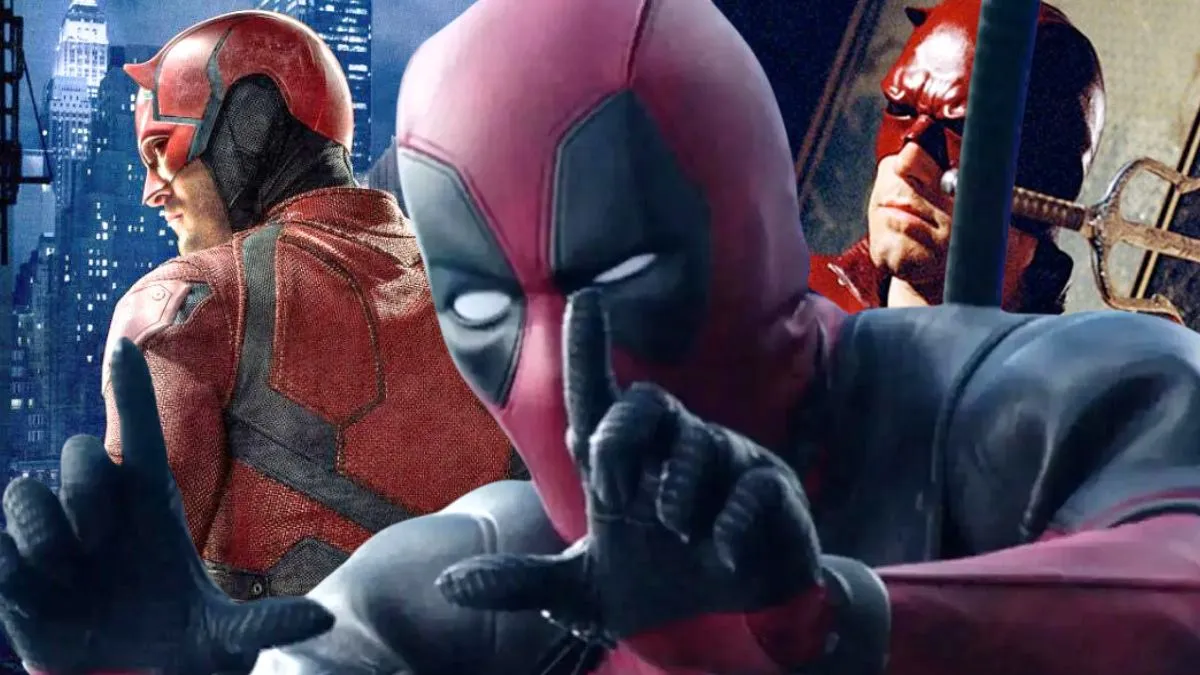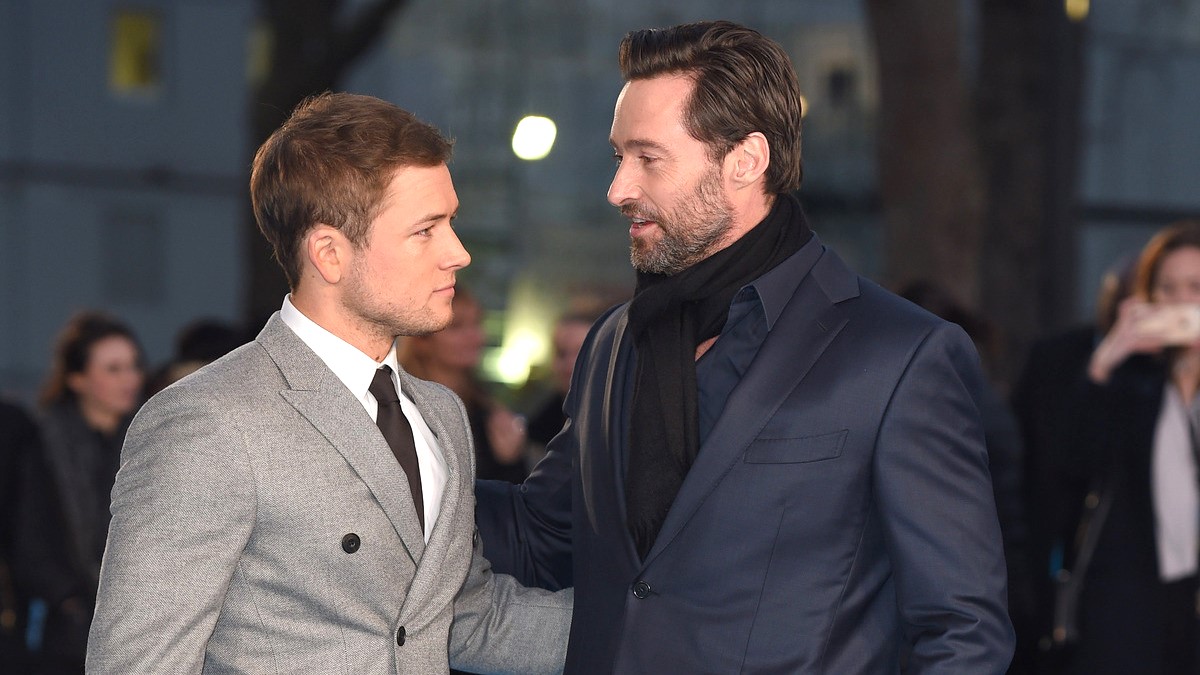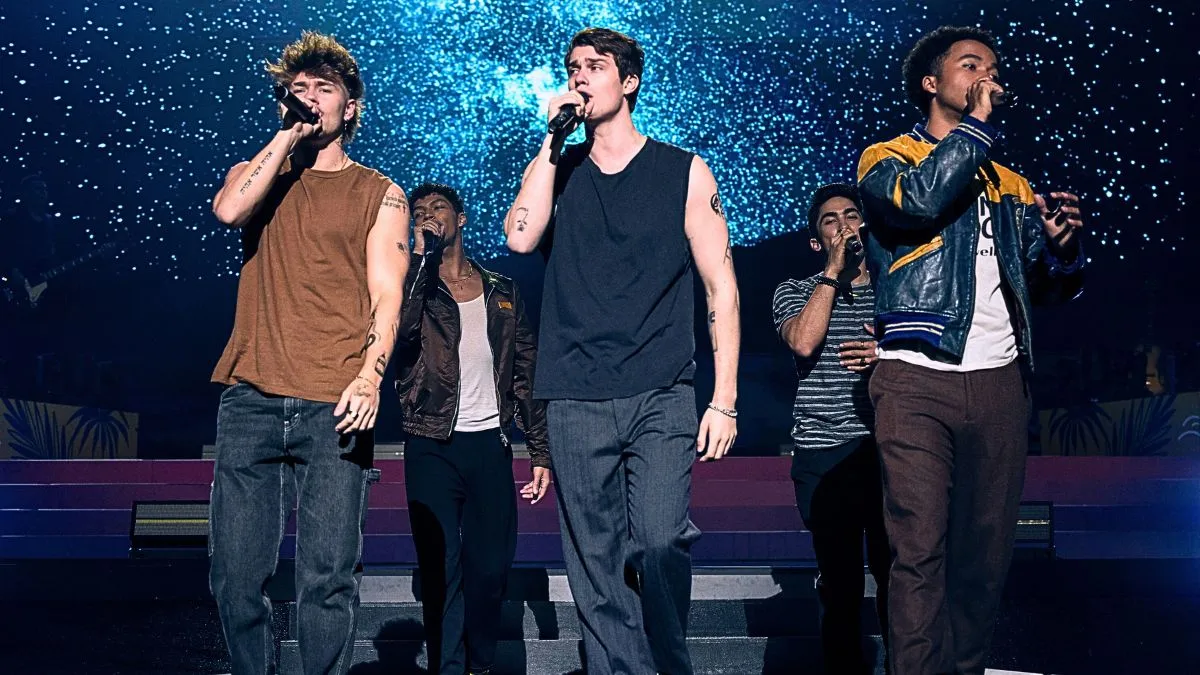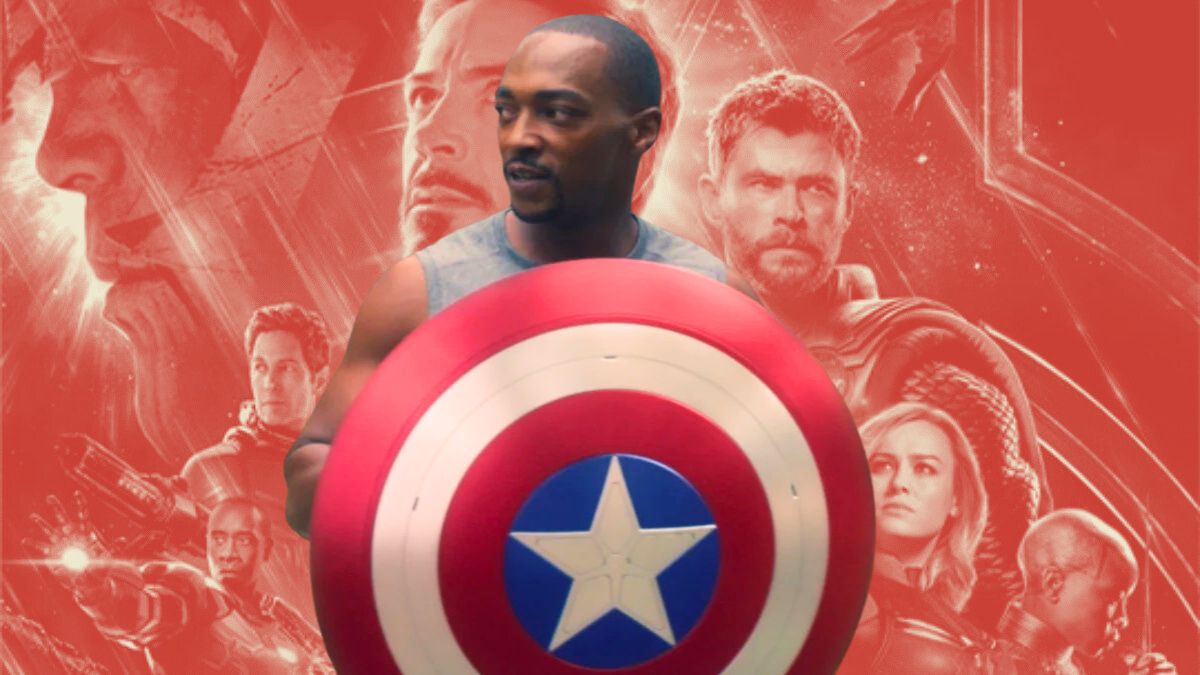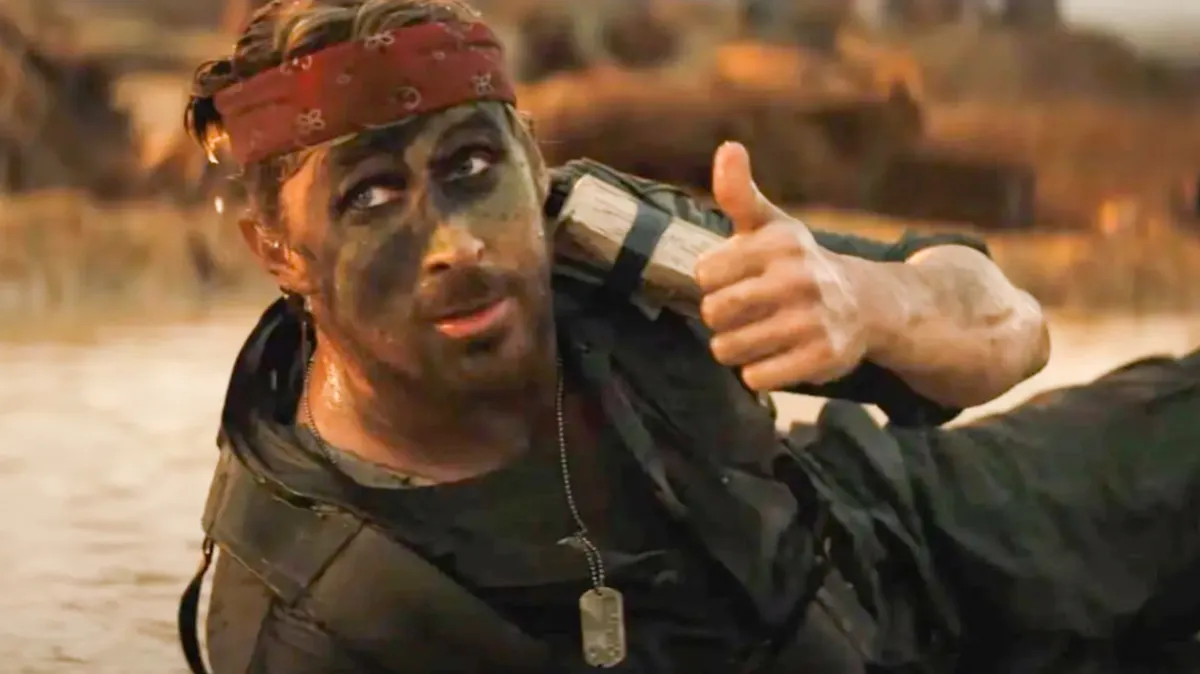
Are people inherently evil? Is society just a barrier between us and our worst impulses, preventing us from exacting violence on one another, albeit through laws enforced with the thinly veiled threat of comparable violence? Must absolute power always corrupt absolutely? If left to our own devices, without checks to our authority, would we abuse it? The Stanford Prison Experiment, director Kyle Patrick Alvarez’s chilling dramatization of the infamous Philip Zimbardo study, posits a painfully pessimistic response to those questions. Not only would abuses of power occur without safeguards in place – they would occur almost immediately.
In the 1971 study at the center of this relentlessly grim thriller, volunteers (college guys, earning $15 a day) are separated by a coin flip into “prisoners” and “guards.” In the basement of a campus building, the guards are given free reign to watch over the prisoners and assert their authority in whatever manner seems most appropriate to them. That such an experiment is clearly intended to center on abuse of power doesn’t seem obvious to the subjects, and they at first take to their roles with enthusiasm. But no sooner than has Zimbardo departed the simulated prison and settled into his chair to watch the proceedings via video recording than do the guards get unnecessarily vindictive. One guard in particular, who’s played by the remarkable Michael Angarano and takes inspiration from Strother Martin’s prison overseer in Cool Hand Luke, twirls his baton with the gleeful menace of a horror-movie psycho.
The Stanford Prison Experiment was meant to last two weeks, but Zimbardo pulled the plug after just six days. In that amount of time, countless horrors befell the prisoners, with guards physically assaulting their charges, breaking down their identities through referring to them exclusively by their uniform numbers and enacting psychological tortures. And in his staging of the events, Alvarez doesn’t skimp on the grim brutality of what happened in that nondescript university basement. Favoring sparse shots, long pans and an overwhelming sense of claustrophobia, he imprisons viewers right alongside his actors.
That intensity makes The Stanford Prison Experiment a pretty difficult film to watch – viewers should feel queasy watching Angarano’s sadistic warden when he licks his chops like a hyena and spits commands at the prisoners, flourishing with the knowledge that none of his increasingly obscene and vicious tendencies will be repressed. When prisoners are hauled into “the hole” (a darkened broom closet), the anguish with which they pound on the door, screaming and begging to be let out, is enough to make your blood run cold.

A nimble cast of young actors should get the majority of the credit for that. There’s not a weak link in the bunch – Tye Sheridan, Thomas Mann, Keir Gilchrist, Lee Ki Hong, Johnny Simmons, James Wolk and Ezra Miller all do outstanding work, putting you inside the subjects’ terrified skins despite the fact that none of them have much backstory to speak of. Angarano is absolutely terrifying as the brutal, dominant guard who immediately delights in his power and exercises it without restraint (expect the young actor, often typecast as a milquetoast supporting figure, to have villain offers flooding in).
And Miller in particular holds the screen as the most rebellious of the inmates, who defies the warden’s authority at every turn, only to fall apart as his tormentors tighten the screws, singling him out for special abuse. His ultimate breakdown, pounding on a surveillance camera with tears in his eyes and a look of sheer terror in his eyes, serves as the film’s dramatic peak.
Unfortunately, the film is two hours long, and it stumbles a little in its second half after Miller’s inevitable cracking. This is especially an issue when the film beats its points about abuse of power and the innate cruelty of the human race over the head during a protracted epilogue. Additionally, though it finds ample time to explore the hardships of the experiment, the study’s greater purpose and ultimate importance to psychology is passed over. Though some may object, saying that the film can stand on its own as a depiction of humanity’s worst instincts coming out to play, a little more perspective and overall analysis would have detracted from the occasional sense that the drama revels in misery for misery’s sake.
Still, throughout it all, even when the script lags, Alvarez keeps the tension almost unbearably high. The Stanford Prison Experiment isn’t a particularly pleasant watch but it is a wholly compelling one, and that you find yourself both fascinated by questions of how you would respond in a similar situation and disturbed by the possible answers is a sign that it’s served its purpose.


